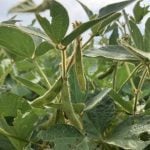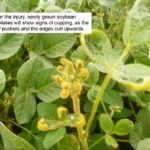Volunteer canola is thriving in Western Canada. In the 1970s, volunteer canola was the 18th most abundant weed. Today it is the fourth most common in Western Canada. Volunteer canola is especially problematic where herbicide-resistant crops, like soybeans, are added to the rotation. Volunteer canola is a unique weed because it is derived from growing […] Read more













